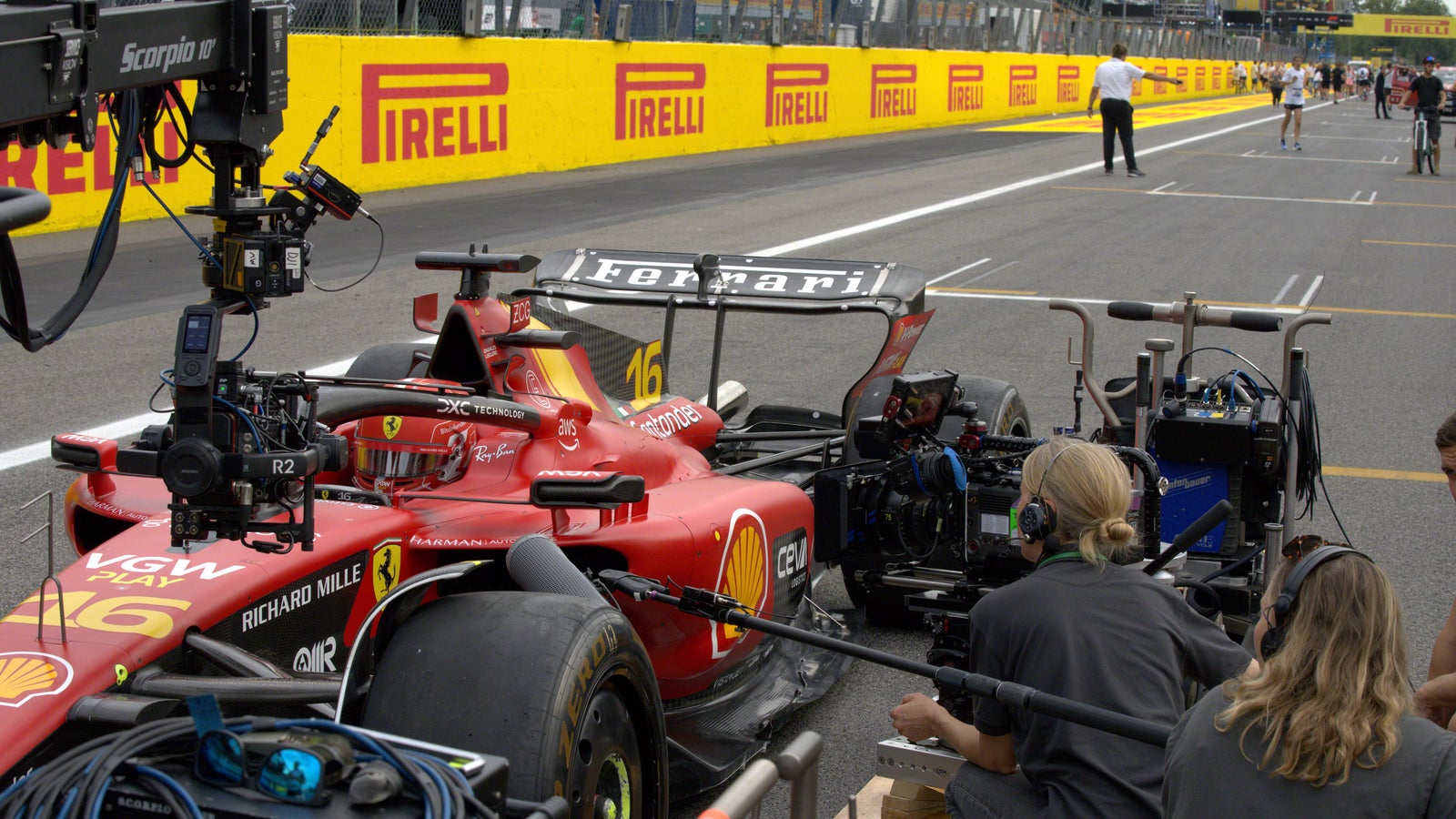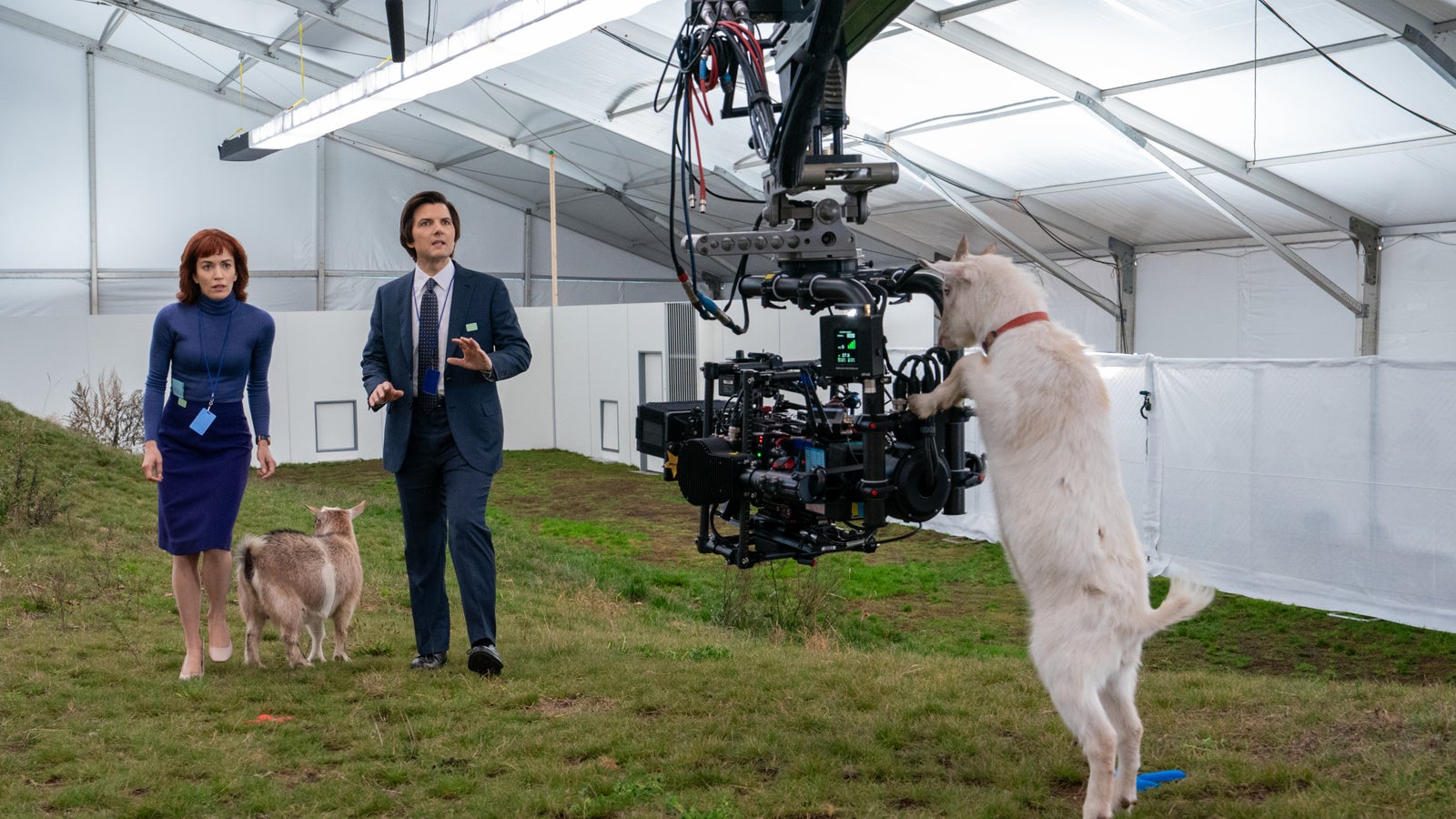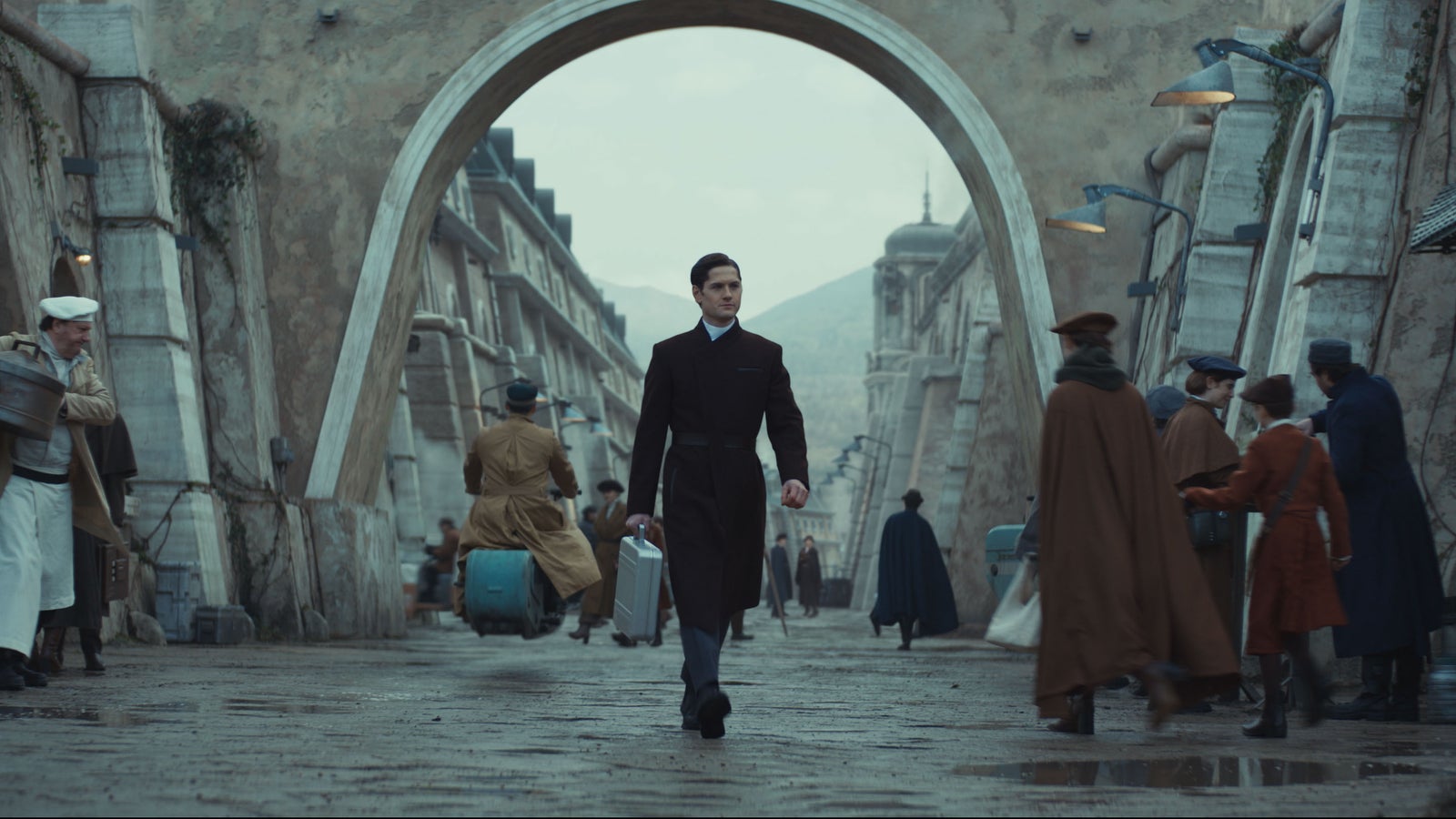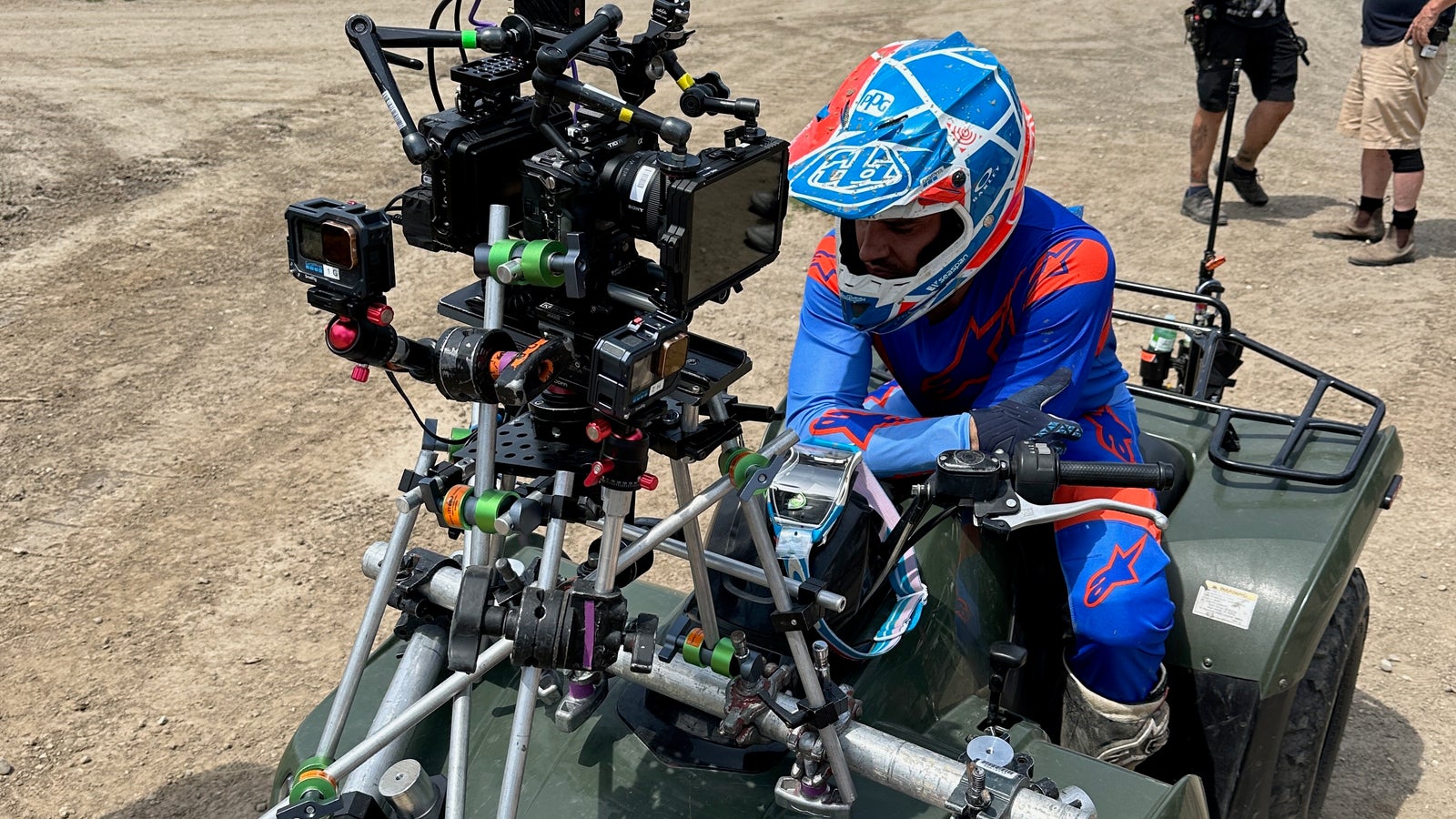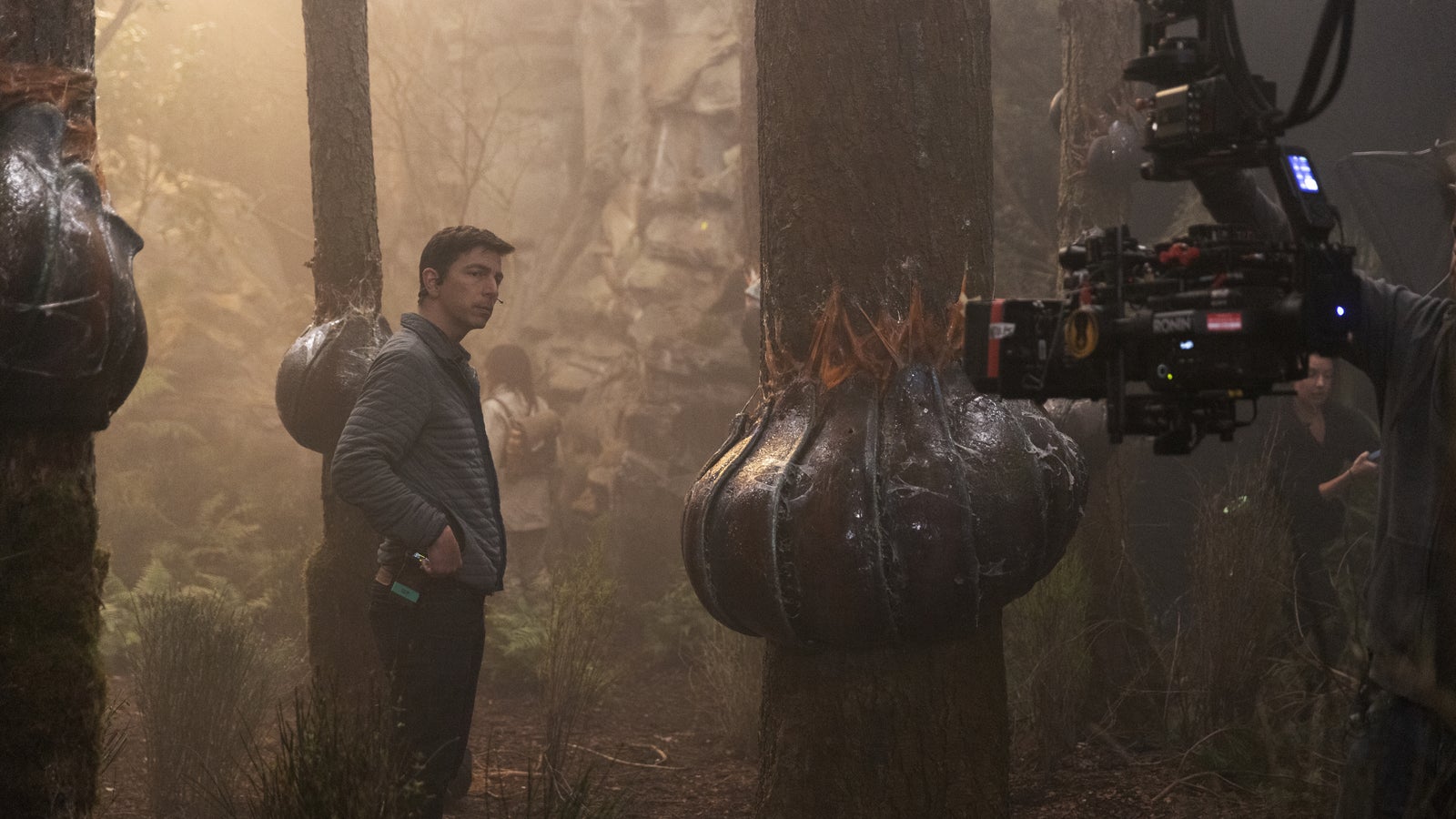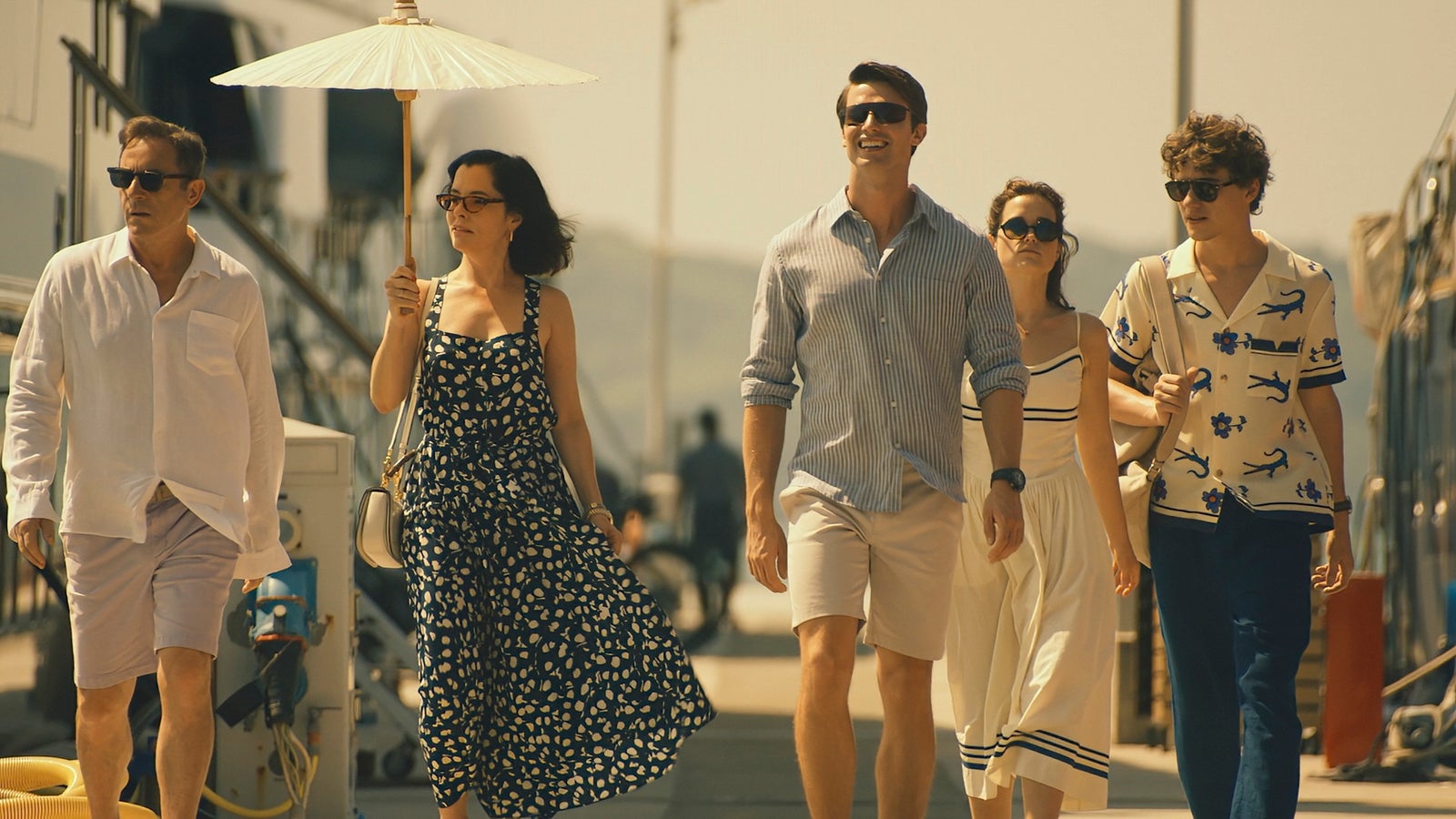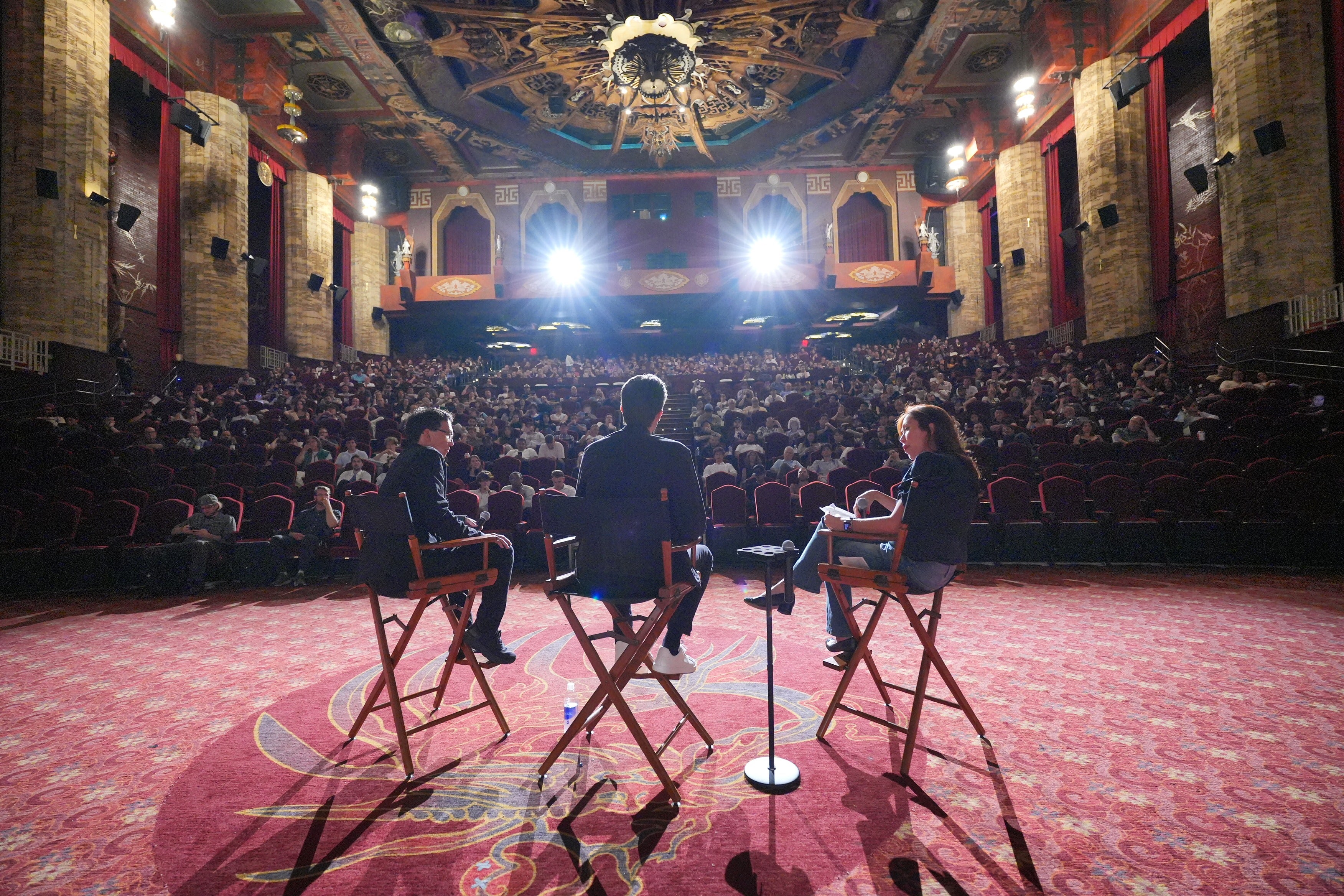
07-01-2025 - Filmmaker Interviews
Sony Joins Joseph Kosinski, Claudio Miranda, ASC, and Dan Ming to Bring F1: The Movie Across the Finish Line
By: Yaroslav Altunin
With the release of F1: The Movie firing on all cylinders, Sony brought together the film’s director Joseph Kosinski, DP Claudio Miranda, ASC, and 1st AC Dan Ming at the Grauman's Chinese Theatre in Hollywood to screen the film for a full house.
After the checkered flag fell on the final race and the credits rolled, the creative trio discussed how the film came together, the ingenious prototype full-frame cinema camera Sony created to capture the film, and the challenges the team had to overcome to immerse the audience within the thrilling world of F1.
From Top Gun: Maverick to F1: The Movie: How Joseph Kosinski and Sony Capture Speed
After exploring the world of Navy airmen in Top Gun: Maverick, Kosinski discovered Formula 1: Drive to Survive, uncovering a new realm of velocity.
"What struck me about that first season of the show was Mercedes and Ferrari and Red Bull did not want to participate in the first season," Kosinski shared. "So, they were forced to focus on the last-place teams, and to me, that was really interesting. The teams that go out and lose every weekend, and the rookie driver who spent his whole life trying to get to Formula One, only to get there and be in a very slow car."
"I was also fascinated with the idea that this is the only sport I can think of where your teammate is also your main competitor, and it creates this really interesting dynamic that creates conflict, which is great for drama."
Kosinski reached out to F1 driver Lewis Hamilton, who races for Ferrari and holds seven Formula One World Drivers' Championship titles. Hamilton joined the creative team as a producer and can also be seen in the film as a competitor to Brad Pitt’s and Damson Idris’ characters Sonny Hayes and Joshua Pearce, respectively.
"Lewis was the first person I reached out to, and that's where this whole journey began 4 years ago," Kosinski said. "There were a lot of hurdles and challenges along the way. But four years later, we're here. Thousands of people worked on this movie to pull it off."
Kosinski and his team shot ten different Formula One races over 137 days, capturing over 5,000 hours of footage. To lens these thrilling races as they happened, an innovative workflow and camera system were created to put the audience right into the cockpit of one of the fastest cars in the world.
"The camera system we used in Top Gun: Maverick would not have worked on this movie," Kosinski explained. "As small as it was, it was way too heavy for these cars. These cars, their performance depends on them being light, so the camera system did not exist to shoot this movie. We had to work with [Sony] to invent it."
"The custom prototype is essentially just a sensor with a lens, much smaller than what we used on Top Gun," Kosinski continued. "These are very small, very lightweight. The sensor and the lens are up where the driver's face is…and the battery and the recorders and the receivers and the transmitters for the whole RF system are buried under the floor tray." Even with such a small camera, the current F1 cars still could not accommodate the system. To overcome this hurdle, Kosinski and his team collaborated with the Mercedes F1 team to build custom cars.
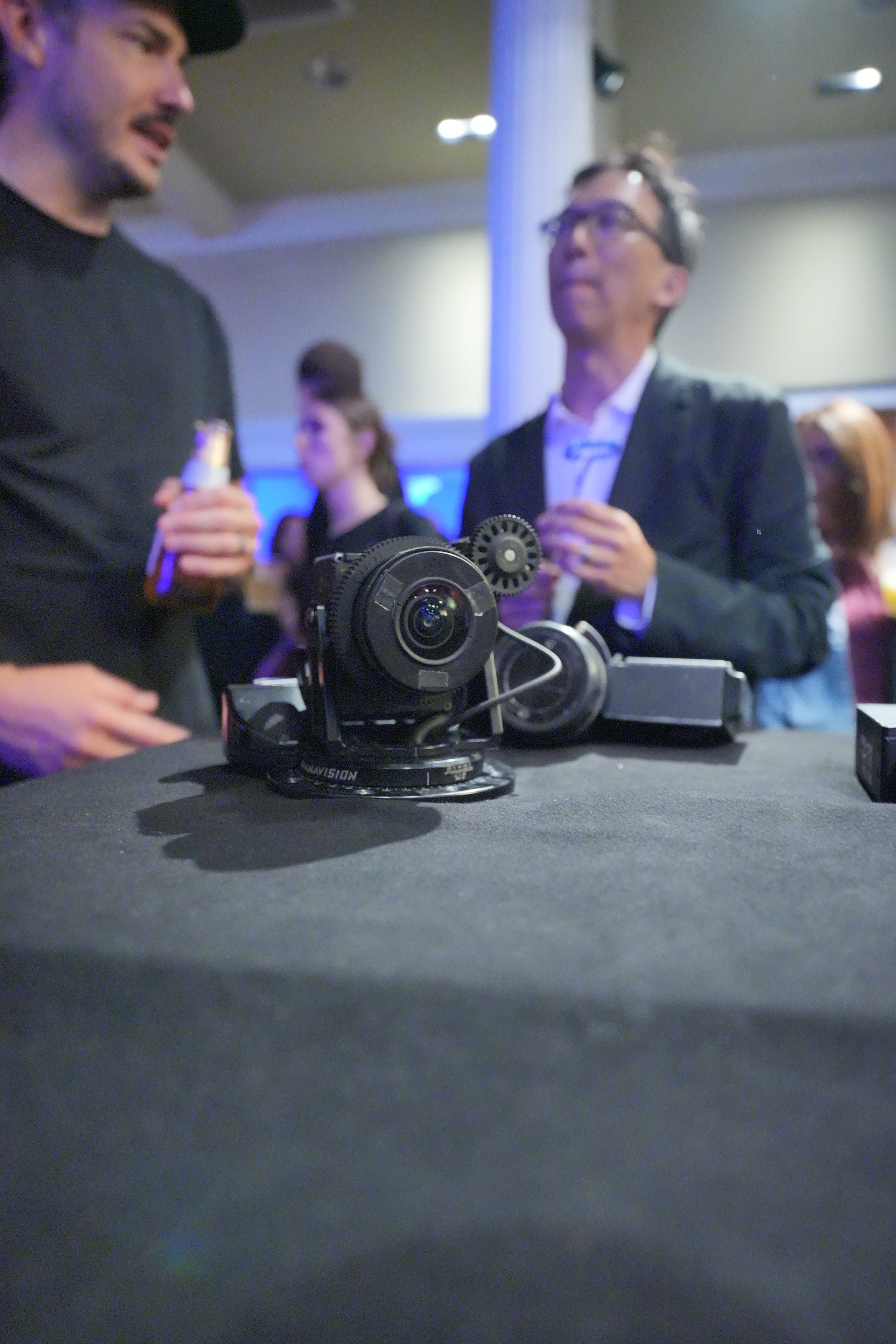
"Mercedes built custom race cars for this movie, integrating 16 camera mounts," Kosinski said. "We would run four cameras at a time…and then one or two of them had this Panavision head on it that allowed us to pan the camera remotely, which is the other thing I really wanted to do on this movie."
Because real drivers would be operating the custom F1 cars on the track, the camera system needed to be incredibly compact. Miranda worked with Sony to craft a camera that would capture the high-quality image he required, while also allowing the drivers to push the cars to equally high speeds.
"We tried to strip away everything that was not necessary for the image and for the driver to see where they're going," Miranda explained. "That was super critical because the more they can see where they're going, the faster they can go."
"We also wanted to shoot with full frame lenses, we wanted depth of field…and I just wanted this to feel grounded and filmic, and I just couldn't do it with other, off-the-shelf [cameras]."
Even with such a small compact system, the speeds at which F1 cars race around the track come with their own unique challenges. Keeping a camera steady at an average speed of 223 km/h, or 138 mph, was an impossibility that 1st AC Dan Ming had to make a reality.
"We want to be able to pan the cameras, four max per car, but also maybe four cars at the same time, and we have to pull focus," Ming said. "We're going to be on ten different tracks, and we need to cover each track with RF so that we can see picture, control cameras, change settings, and roll."
For everything to come together, Mercedes would craft custom cars, Sony invented a new camera, Panavision built custom camera heads, and Greg 'Noodles' Johnson at RF films weaved together a wireless solution to bring it all together.
“It was just a matter of communicating so that everyone knew how their pieces fit in the whole puzzle and just trusting that it would work because our timeline was very short," Ming said. "Then we showed up at Willow Springs with all the pieces and tried it, and it worked surprisingly well."
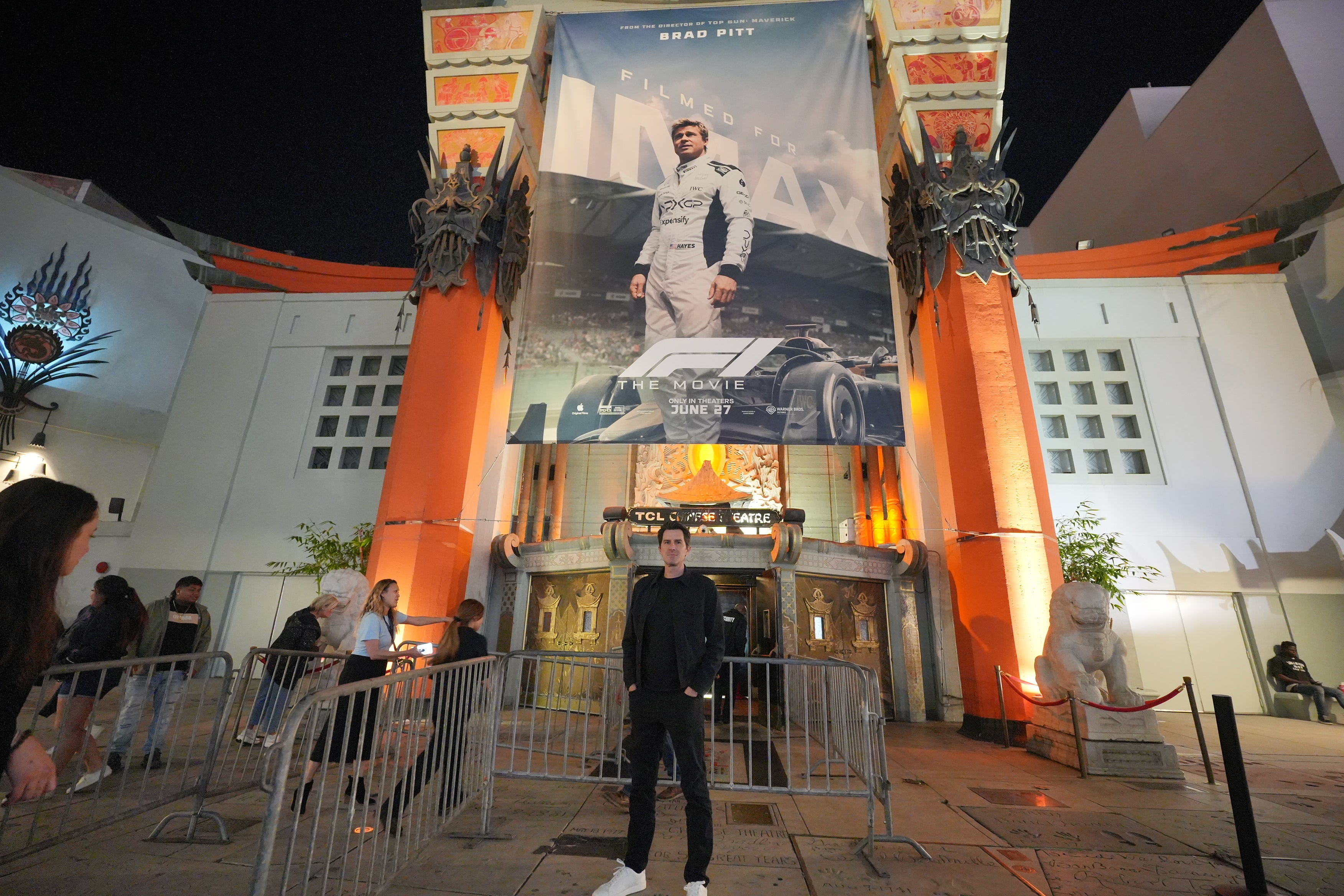
However, while the system worked in practice, the team still had to contend with the extremely violent high speeds at which F1 cars would fly around a track during production.
"We tested the stabilized head and destroyed it," Kosinski said. "We realized that there was so much vibration that some of the footage was unwatchable. We destroyed lenses because any particulate coming off the track from another car would sandblast the lenses and destroy them."
"So, there were a lot of bugs to work out, but it was great. It was a great day to figure out all the things that were going to go wrong. And by the time we got to Silverstone a couple of months later, we worked out most of the bugs."
Different layers of material were used to compensate for the vibration that varied depending on each track, the temperature on the day, and even the type of tires each car was using.
"We were always constantly adjusting things to get the right amount of vibration for that particular day," Kosinski continued. "There was a lot of trial and error."
"Certain [camera] mounts went off the engine block, and so you introduce engine vibration on top of the road vibration," Ming added. "So, every day we were constantly fine-tuning."
"The system was pretty flawless for all the tracks. We had control, pan, focus, and imagery, and were able to talk to the drivers and communicate with them," Miranda concluded. "I was amazed by it all."
As this web of collaboration came together, the entire creative team behind F1: The Movie made an efficient workflow that allowed them to capture active races throughout the season. As Formula One raced across the world, Kosinski, Miranda, and Ming were there to craft a film like no one had seen before.
To see how all this effort explodes on screen, catch F1: The Movie in theaters now or stream it on Apple TV + in late 2025.
